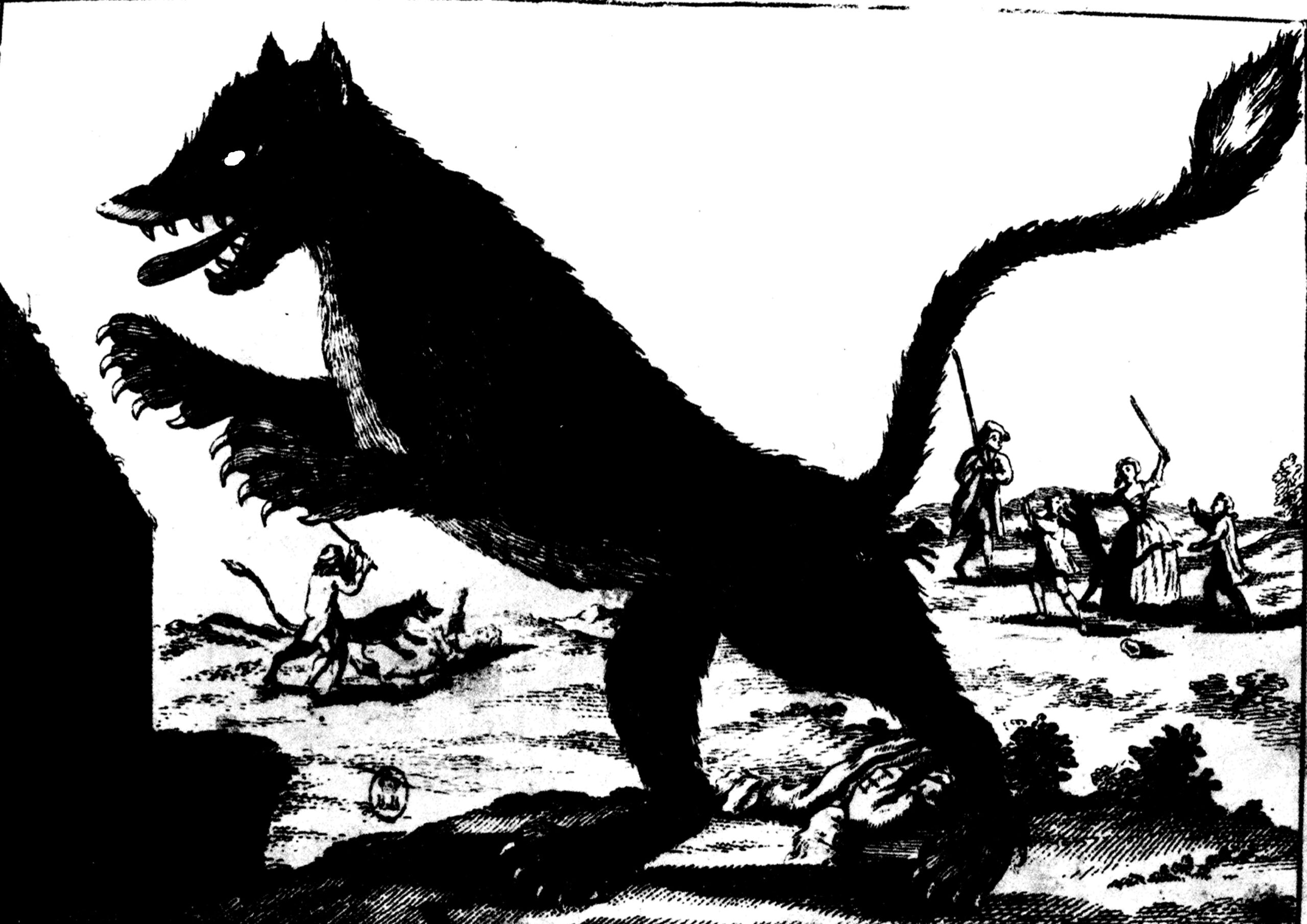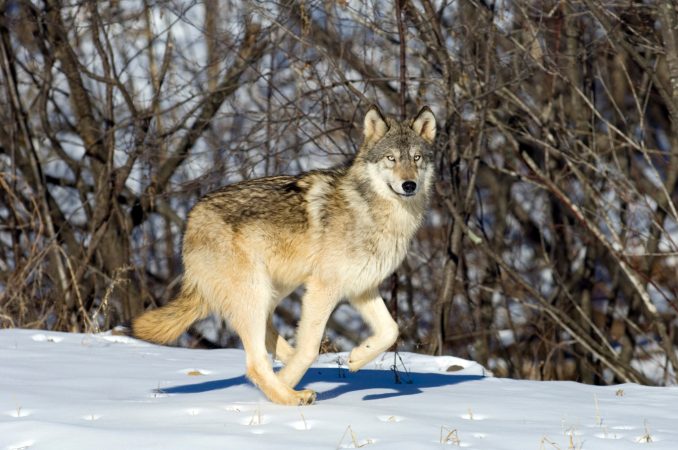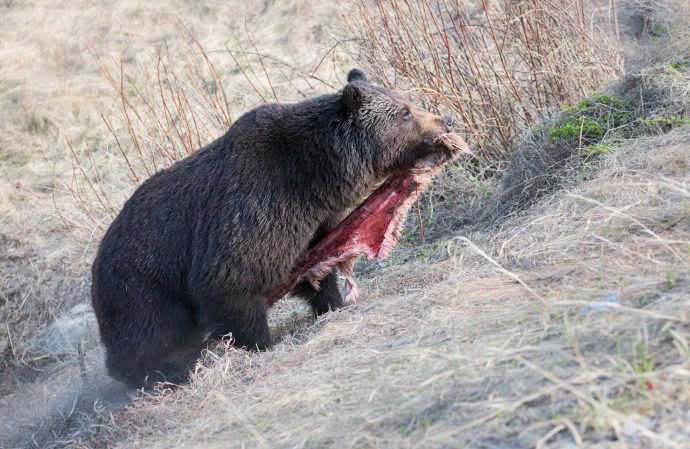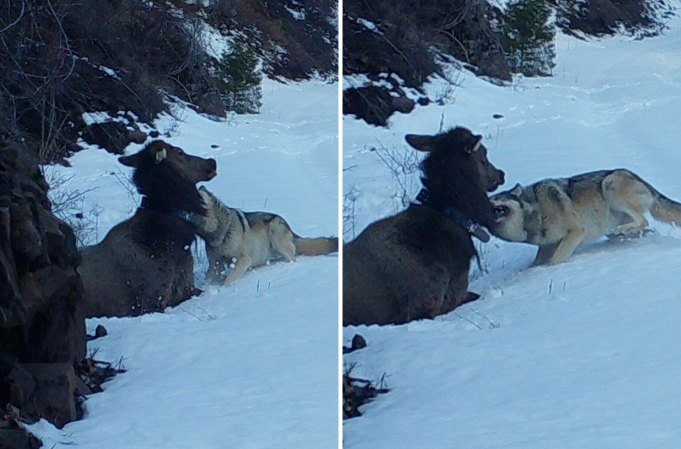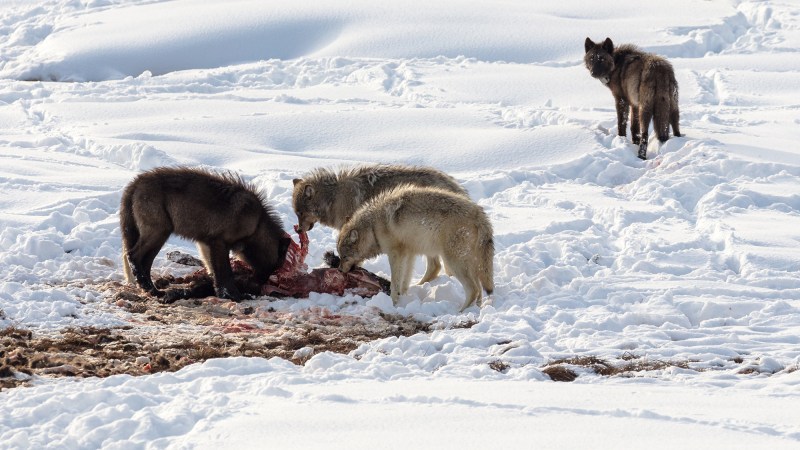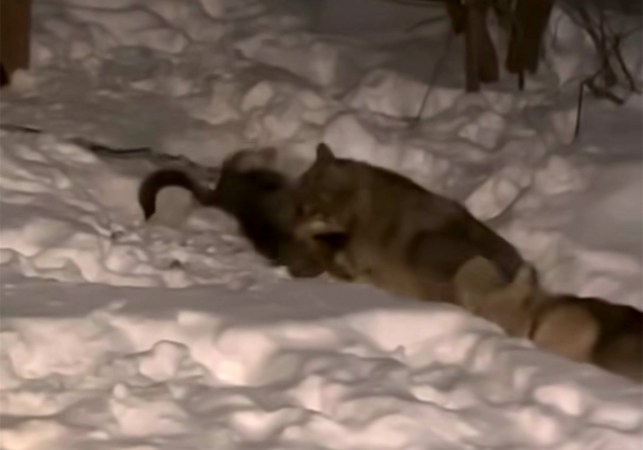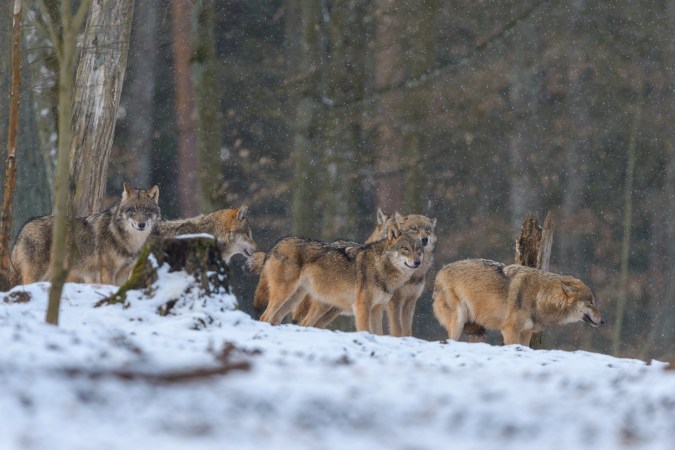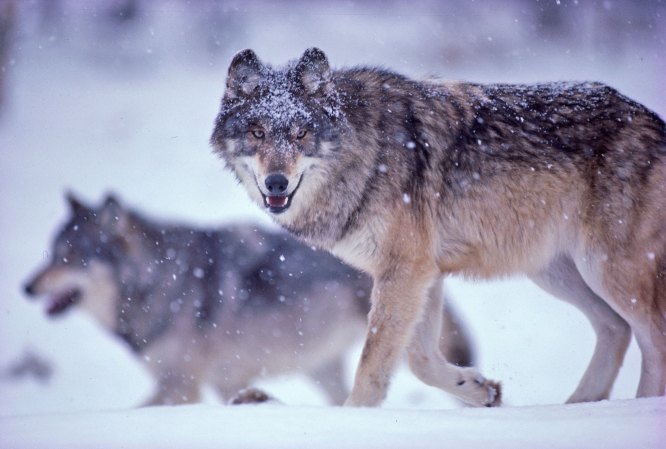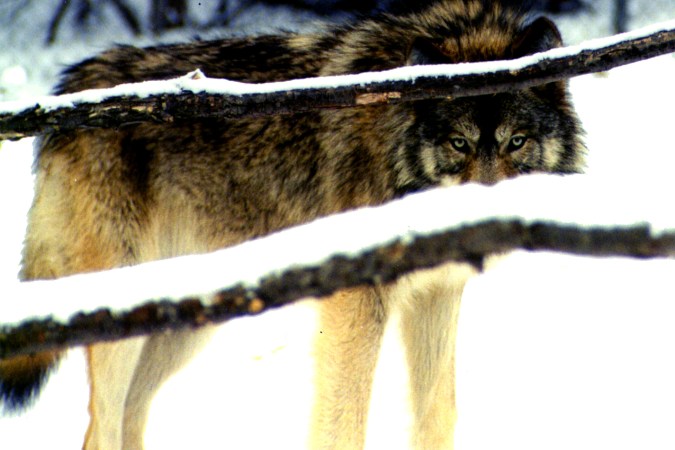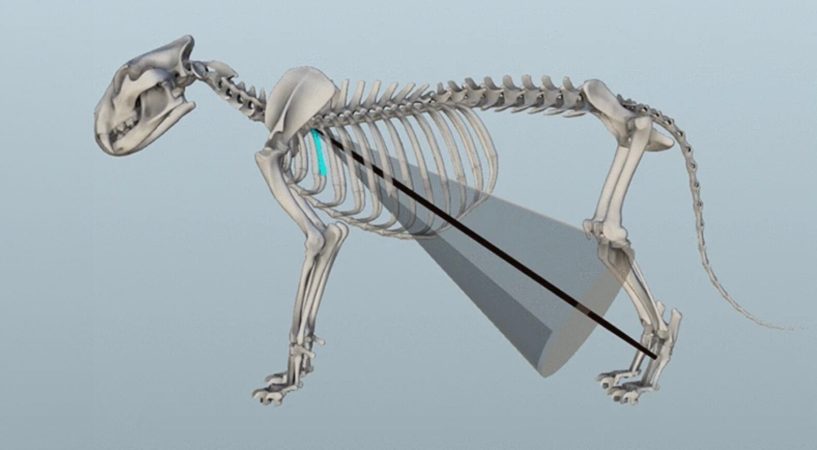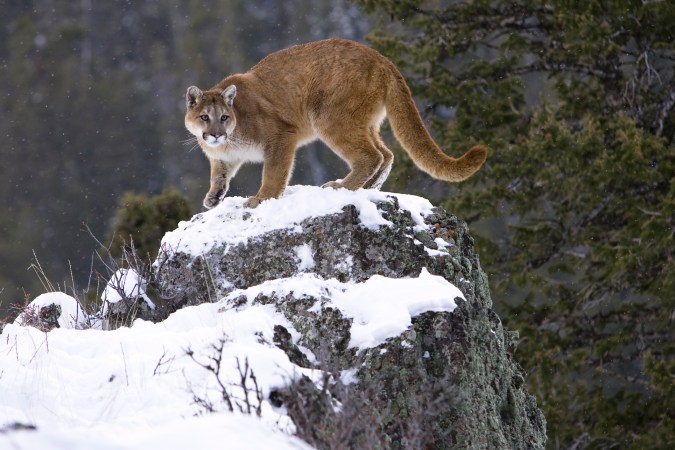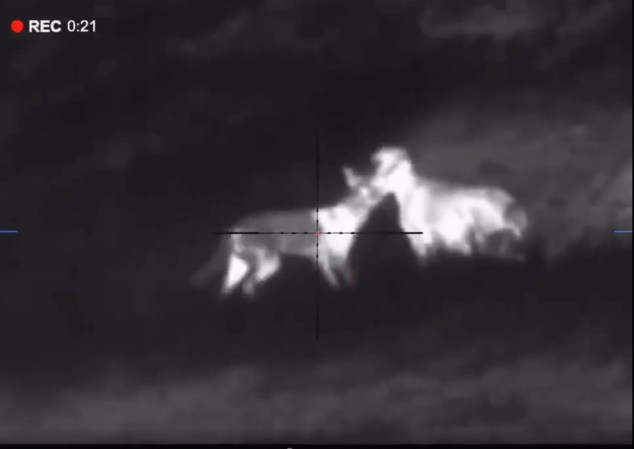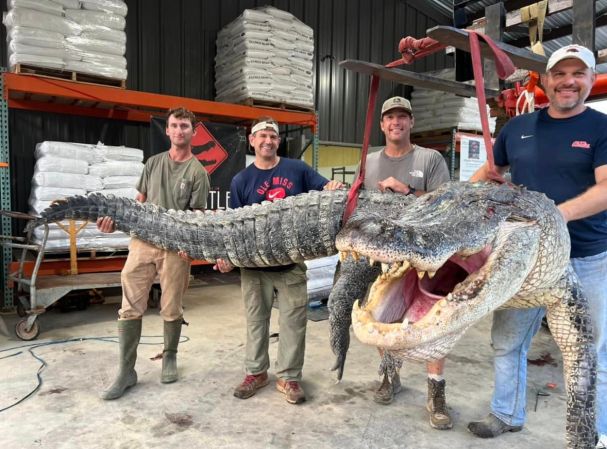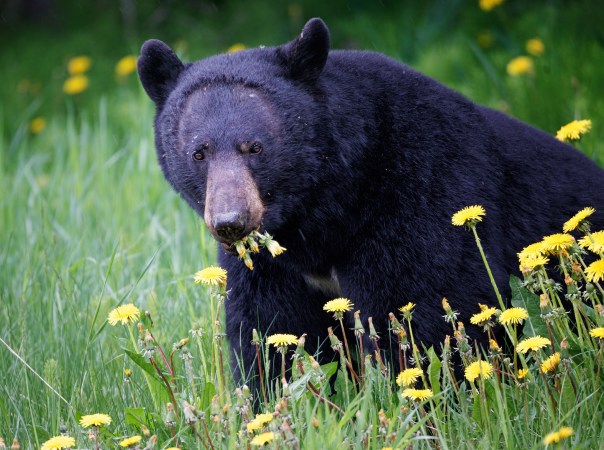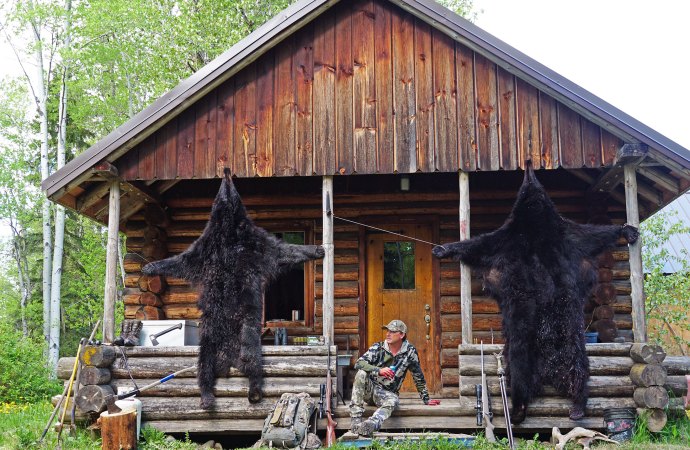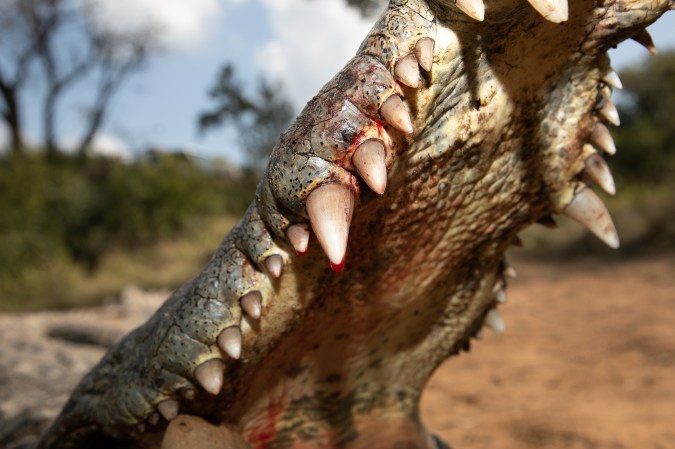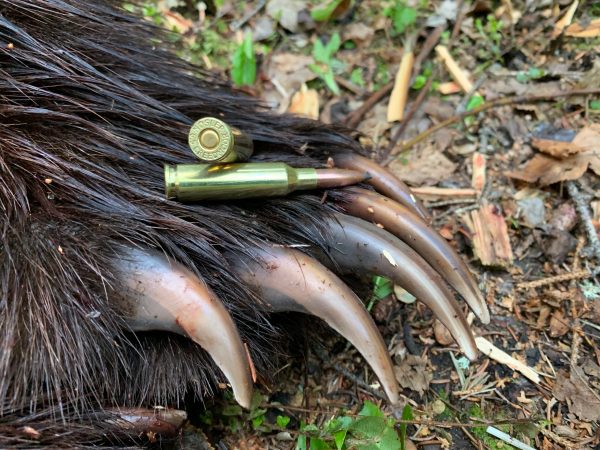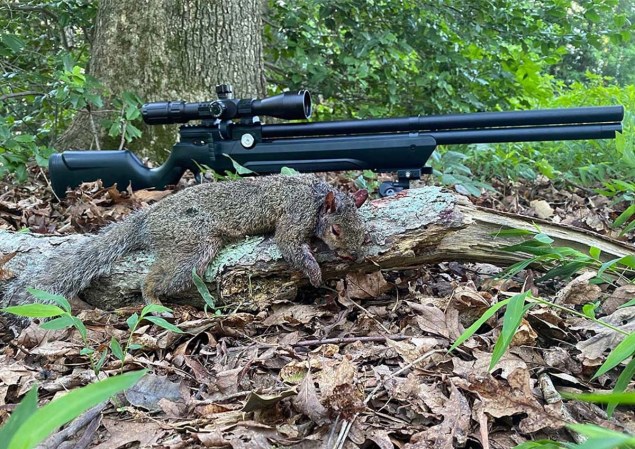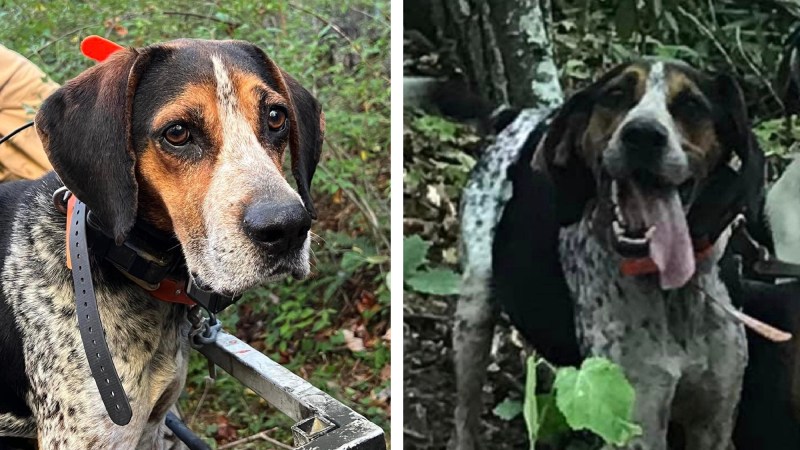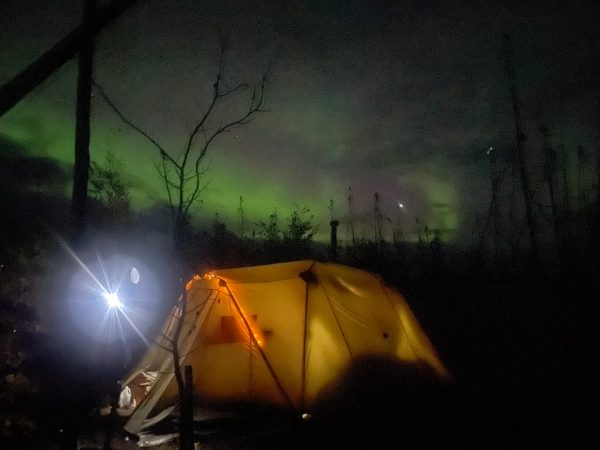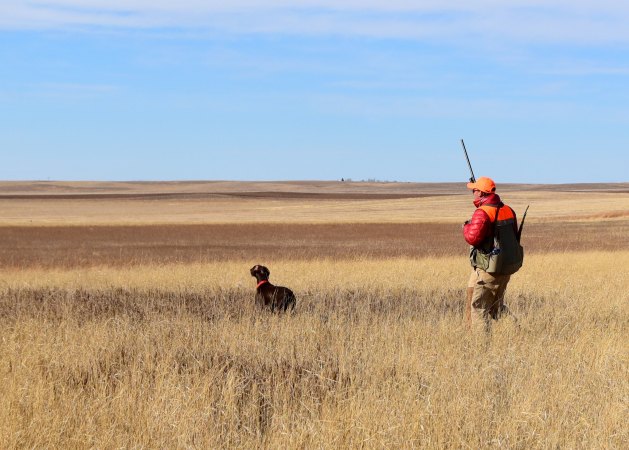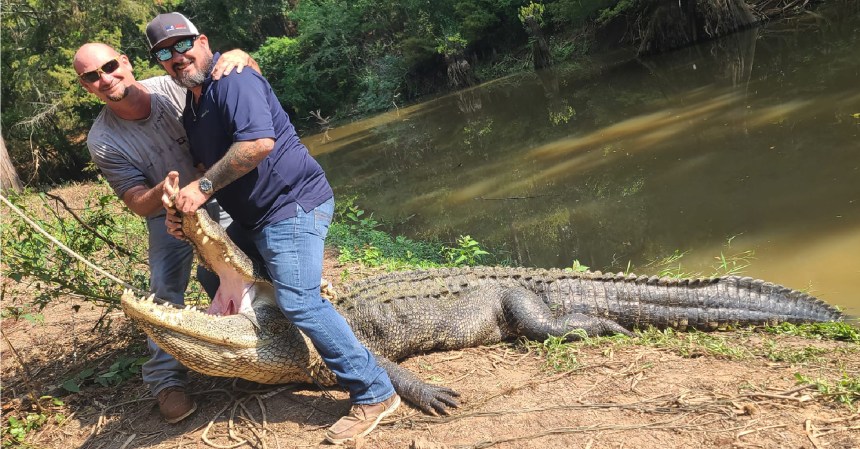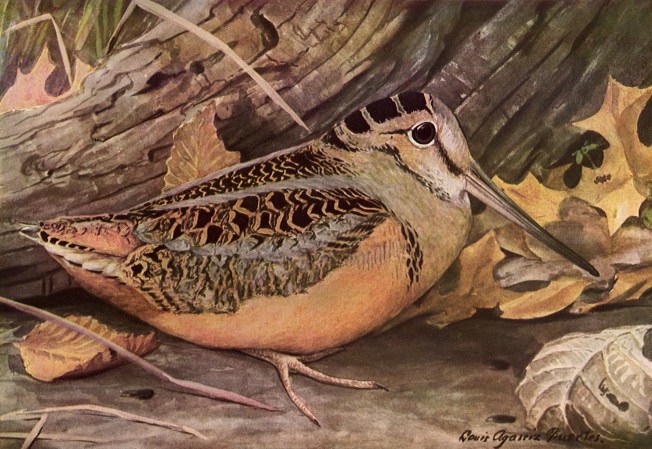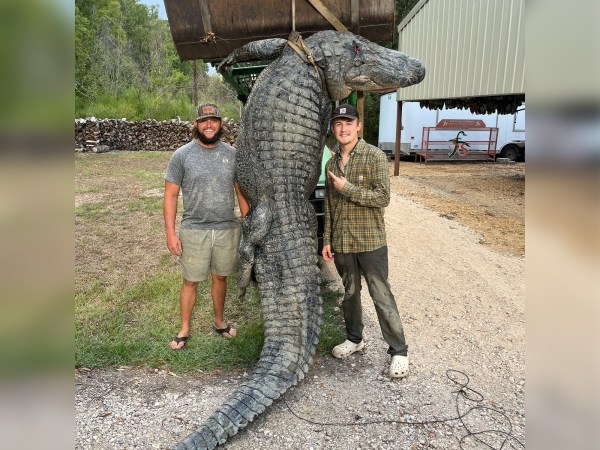When the Beast arrived in Gévaudan, the region was in the cold clutches of the Little Ice Age. The Seven Year’s War had ended in 1763, leaving France defeated and in economic peril. Gévaudan, a historical region in southern France that today is part of Lozère, was especially vulnerable. The population consisted primarily of impoverished and virtually defenseless peasants. Children and women were in charge of herding sheep and cattle. Wolves were common; they often preyed on livestock and sometimes, though rarely, the herders themselves.
The Beast’s first documented kill occurred on June 30, 1764, when a mostly eaten 14-year-old shepherdess was discovered in the woods. Whatever killed her had preferred human flesh to the lambs she’d been herding. A string of similar grisly deaths followed. All consisted of women and children, the majority of whom were girls.
The Beast terrorized Gévaudan for three years, leaving more than 100 dead and many more maimed. Survivors were unsure of what sort of creature had attacked them. They most often reported the Beast as “like a wolf, but not a wolf.” The peasants were superstitious and believed in creatures like witches and werewolves. It wasn’t long before stories began to circulate that Gévaudan was under attack from something far more sinister than an ordinary wolf.
A Menagerie of Monsters
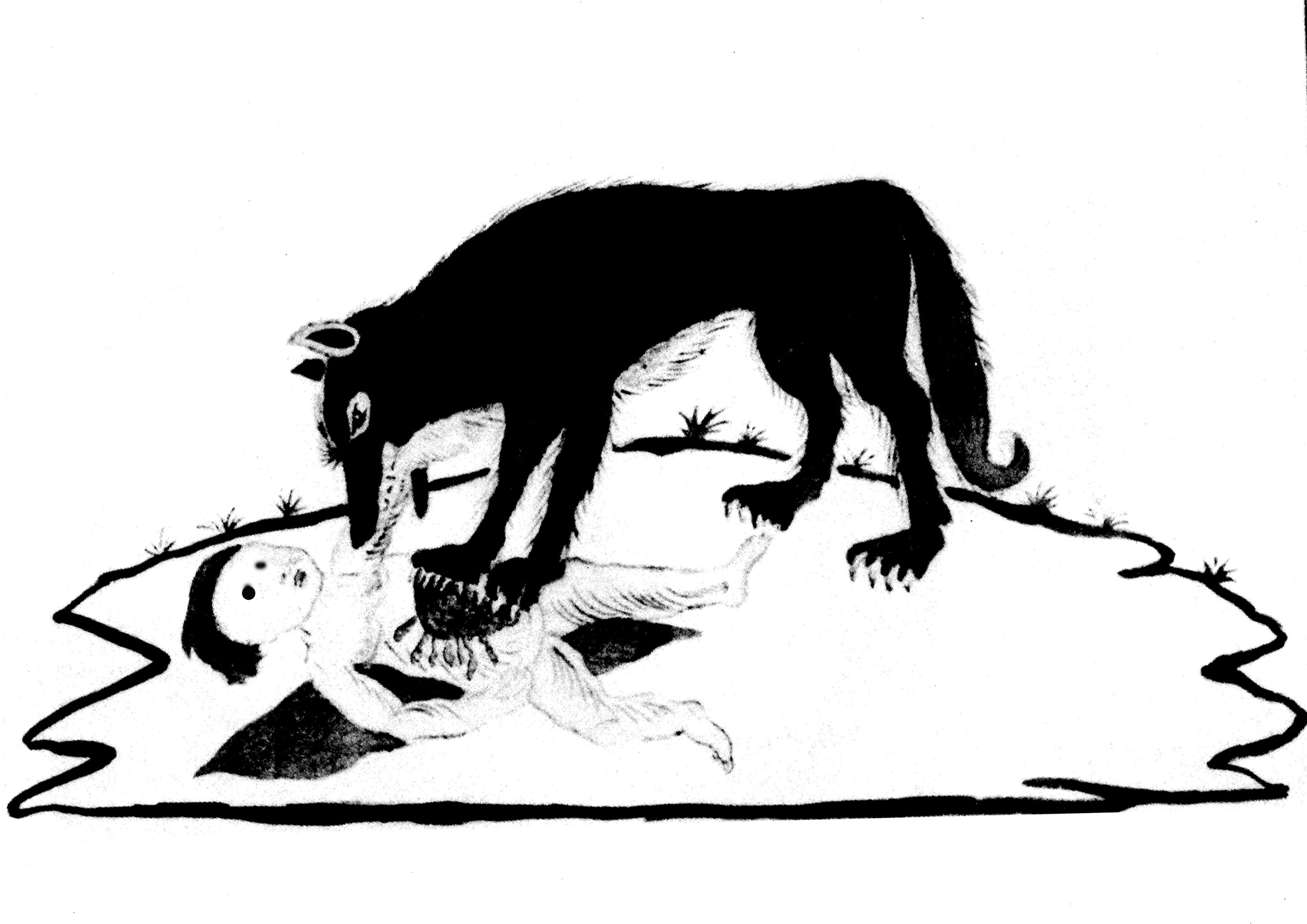
Witness descriptions of the Beast of Gévaudan varied widely. It was commonly reported to be hairy, with a black stripe running along the fur of its backbone. It had similarities to a giant wolf but was something altogether different. During the first year of attacks, it was often referred to as a “hyena” in newspapers. Over time it was also said to be a panther, or a tiger, or a lion, or a monkey, or a hybrid, or a mad man dressed in a wolf suit.
Others speculated the Beast was an unknown species left over from ancient times. Some guessed it had been brought from Africa as part of a menagerie, but that it had escaped or been released. Another common belief was that the Beast was an armored mastiff whose handler was turning it loose on victims.
Many historians believe the Beast was a wolf, or, more likely, a number of wolves. There’s a decent probability that at least one of the Beasts of Gévaudan was a wolf-dog hybrid. This would explain many witnesses’ reports of the Beast being, “like a wolf but not a wolf.” Wolfdogs, known to lack fear of humans, have been responsible for numerous attacks on people.
The peasants of Gévaudan, however, were rooted in their conviction that the Beast was a werewolf or some other monster. The bishop of Mende, the most powerful feudal lord in the region, added to the mass hysteria by proclaiming the Beast to be a product of God’s wrath and that it had been sent to punish Gévaudan.
A Legend Is Born
Of all the legends of man-eaters, none have generated more mystery or press than the Beast of Gévaudan. Books, articles, and movies inspired by the story such as the 2001 French blockbuster, “Brotherhood of the Wolf,” or the 2021 werewolf flick, “The Cursed,” are still being released and published.
During the Beast’s time, the press took full advantage of the story. The number of newspapers and journals had grown exponentially during the Seven Years’ War. But now, with no war stories to report, subscriptions plummeted. The sensational story of the Beast was a godsend for publishers.
In his 2011 book, “Monsters of Gévaudan: The Making of a Beast,” author Jay M. Smith lays the groundwork for how the Beast acted as a reprieve to Seven Years’ War and a way for France redeem and resolidify its national identity. France and Europe, led by journalists that didn’t always let the truth get in the way of a good story, became obsessed with the Beast and hunting it down.
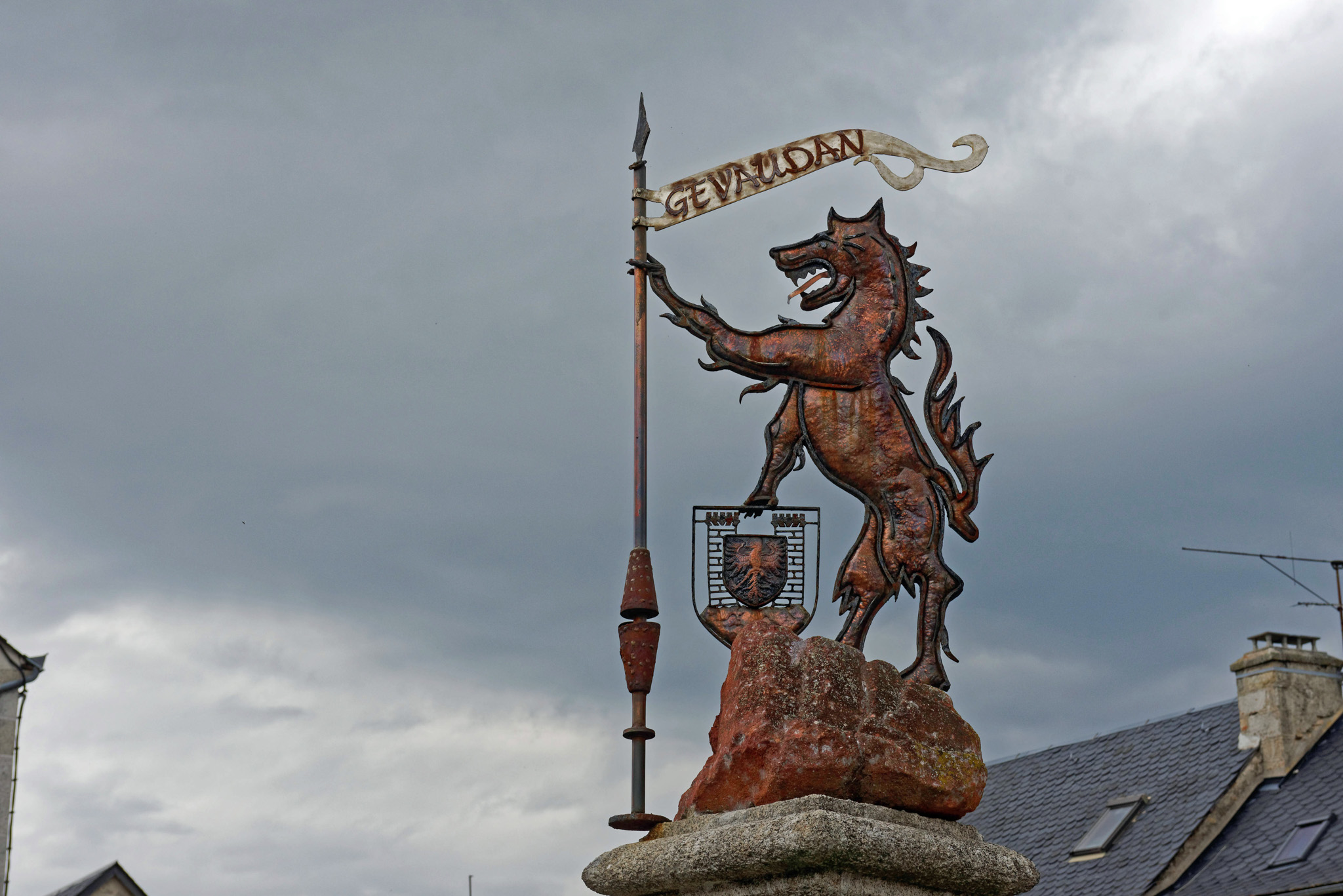
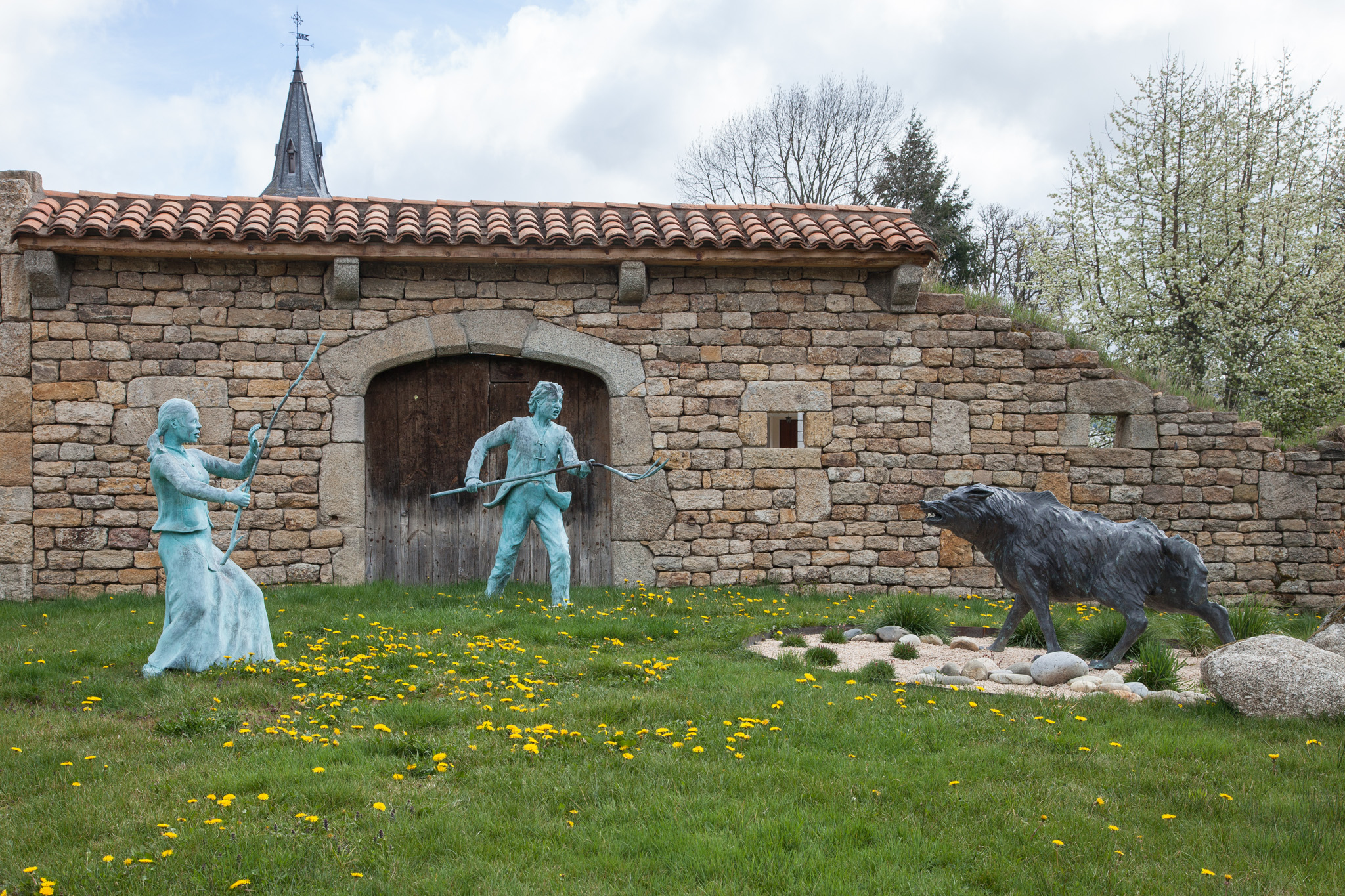
The authors of the 2002 paper, “The Fear of Wolves: A review of wolf attacks on humans“, point out how rare wolf attacks are even in a deep historical context. Far more people are attacked and killed by everything from tigers to dogs. That said, attacks by both rabid and predatory wolves in France, as well as other places across Europe and Russia, were not that uncommon until the early 20th century.
At the close of the 18th century in France, historian Jean-Marc Moriceau estimates the country’s wolf population at between 10 and 15,000 animals. Moriceau doesn’t see what happened in Gévaudan as that unusual. He points out that, “statistically, the Gévaudan affair was no worse than the clusters of attacks that occurred around 1750, with predatory wolves taking 151 victims from 1746 to 1750, followed by 138 [more people] from 1751 to 1755.”
After 1767, France still had wolf attacks but nothing of the same magnitude. By the early 20th century—mostly through systematic poisoning encouraged by bounties—wolves were extirpated from France. In the early 1990s, wolves dispersing from Italy recolonized France, where they are now a protected.
The attacks that once happened in Gévaudan bear a similarity to wolf attacks that occur sporadically in India today. There’s an almost universal belief that when a wolf kills someone it’s not an animal acting but, rather, a monster or evil spirit. Some believe this a testament to how “unnatural” wolf attacks are. There are plenty of other wild animals in India that attack significantly more people each year. Sloth bears maul and kill considerably more people, often leaving survivors with their faces ripped off. Yet sloth bears and other man-killers don’t inspire the hysteria that wolf attacks do.
An example of this occurred In 1996 in India, during a series of wolf attacks in a region of Uttar Pradesh that left numerous young children dead and partially eaten. Locals blamed were-wolves or even a Pakistan serial killers dressed up as wolves. Like the peasants of Gévaudan, villagers in the region of Utter Pradesh lived in harsh poverty. In a New York Times article published at the time, journalist John F. Burns wrote that the wolf attacks prompted civil unrest. He wrote: “Villagers have turned against strangers, and sometimes against one another, in lynchings that have killed at least 20 people and prompted the authorities to arrest 150 people.”
The Hunters and the Hunt for the Beast
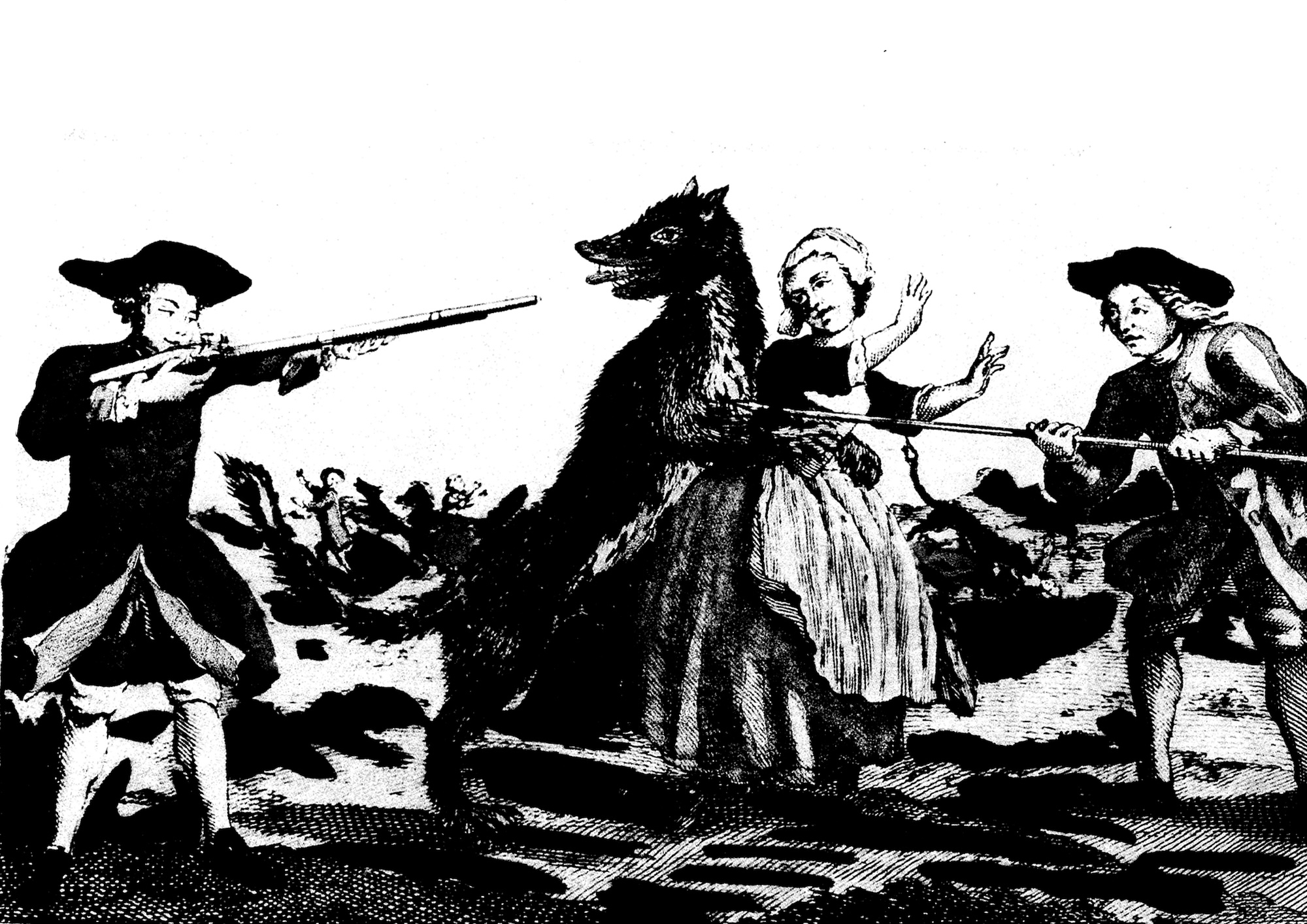
There were four main hunters who pursued the Beast of Gévaudan.
The first was a dragoon captain named Jean-Baptiste Duhamel, under orders from King Louis XV to find and kill the Beast. Duhamel expected a quick victory, but the rugged country, terrible weather, and the Beast’s cunning quickly proved him wrong. Duhamel organized a series of hunts, some consisting of 20,000 or more men beating the brush and trying to flush and corral the Beast. As winter wore on, Duhamel became increasingly desperate. He ordered hunters to dress up as women and use children as live bait, on the grounds that the Beast only preyed on children and women.
The reward for the Beast’s head was up to 10,000 livres (the equivalent of well over $500,000 today) by early February. The bounty attracted adventurers from far and wide to try their hand in the hunt. There were a handful of sightings. The Beast appeared to have been shot on several occasions, but each time it escaped.
By late winter, Duhamel was bitter and broken. Jean-Charles d’Enneval and his son, famous wolfers from Normandy, were brought in to replace him. d’Enneval was said to have killed thousands of wolves during his career. He was given a hero’s welcome upon his arrival; the newspapers called him Hercules, but the hype quickly wore off.
The Beast continued its rampage as months wore on. The Norman wolf slayer was at a loss. He even tried lacing the bodies of the Beast’s victim with strychnine but that too failed to work. When d’Enneval was dismissed in late June, he was in tears. He left Gévaudan claiming that the Beast was no ordinary creature.
The d’Ennevals were replaced by Francois Antoine, a 70-year-old gunbearer and Lieutenant of the Hunt for the King. Antoine believed the fanciful stories were a product of mass hysteria. He was convinced the Beast to be an exceptionally large wolf and that there was a likelihood there were other predatory wolves in the area.
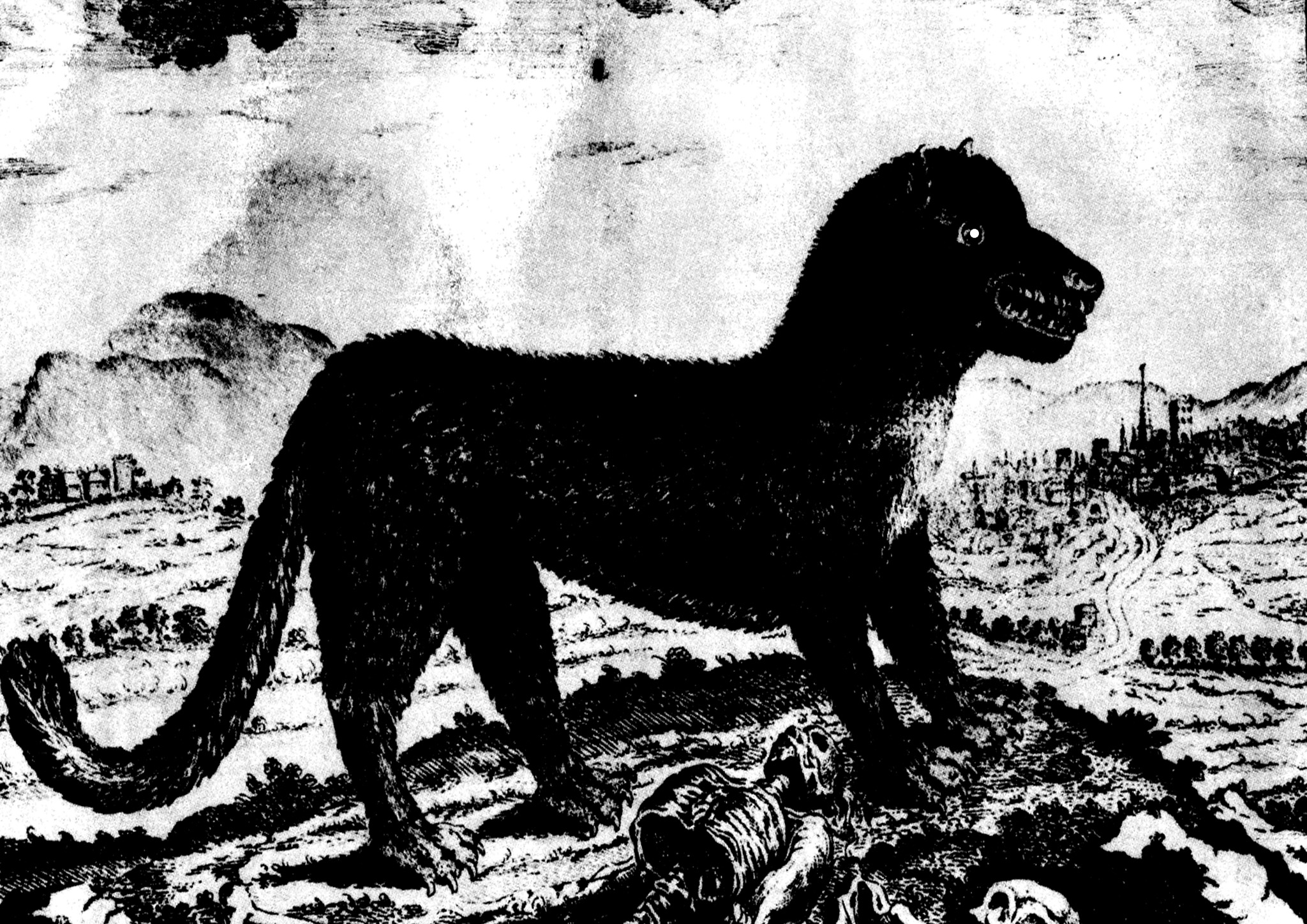
On Sept. 20, Antoine learned of wolves near the Abbey of Chazes. He and his men quickly stationed themselves in the nearby forest. Antoine reported that he was searching for tracks when he looked up at what he thought was a donkey coming toward him. A moment later, he realized it was a massive wolf.
He lifted his canardière (punt gun) loaded with something like 20 grams of powder and 35 pieces of varying sized buckshot. He blasted the wolf through the right eye and side. The wolf crumpled, then regained its feet and came for the hunter. Antoine was preparing to use his gun as a club, when his nephew shot the wolf dead.
The wolf was an exceptionally large male for the region, measuring 67 inches long, standing 32 inches at the shoulder, and weighing 130 pounds. The surgeon who examined it stated that nothing indicated it had been consuming human flesh. It was skinned, mounted, and put on display in the antechamber of the queen. Most who saw it were underwhelmed at the notion that the monster of Gévaudan was an ordinary wolf. Nonetheless, France celebrated it as the death of the Beast. Antoine stayed in Gévaudan long enough to kill what he reported to be the rest of the wolf’s pack.
The Beast’s Final Resting Place
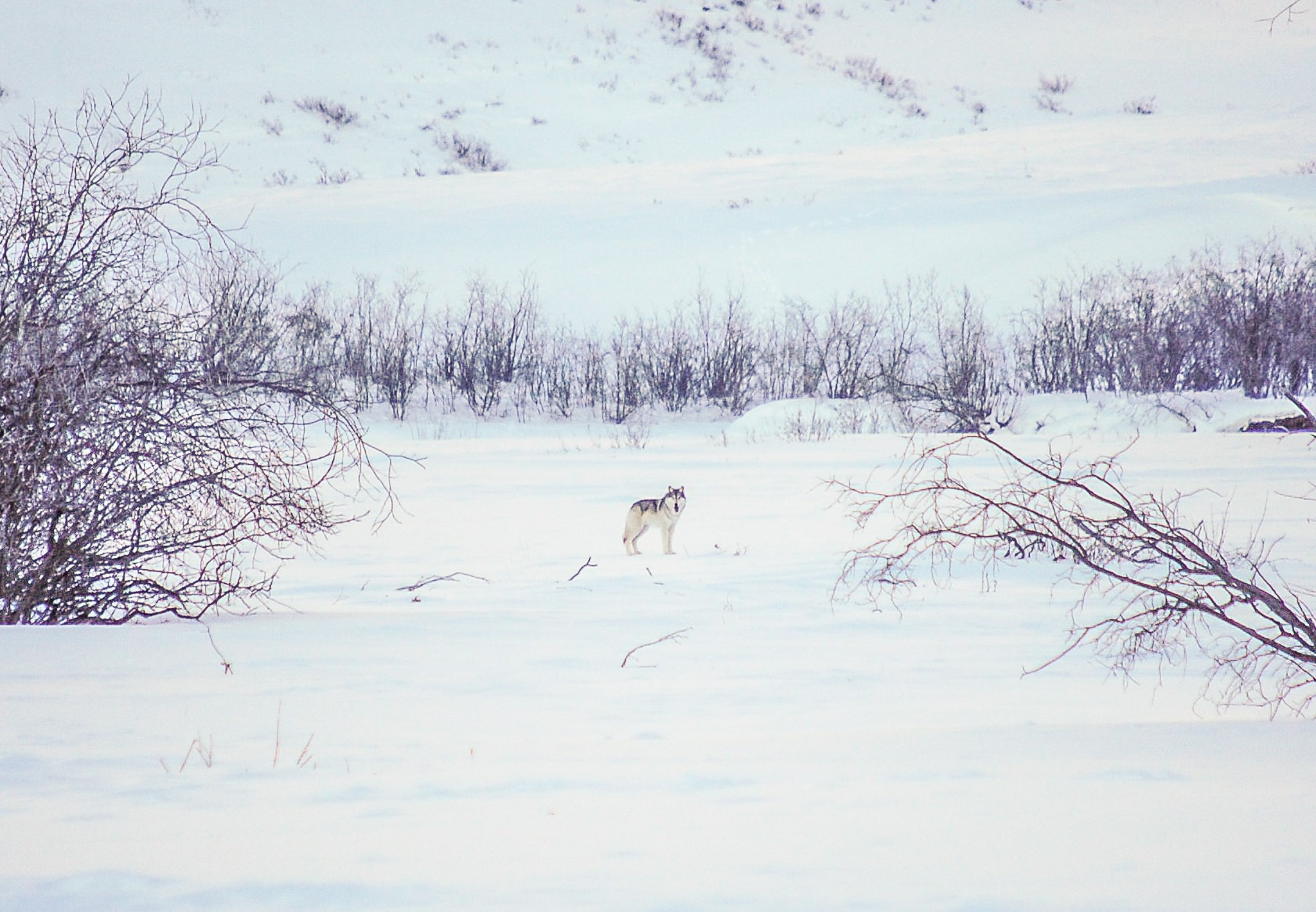
Two months passed before newspapers reported that the Beast was still very much alive and continuing its attacks. Smith wrote, “After some deliberation, Versailles dispensed with talk of ‘the beast,’ and opted to treat the phenomenon of animal attacks on the peasantry as an ordinary and generalized problem requiring serious but not frenzied attention.”
Poison was widely used with much success killing wolves, but the Beast’s butchery continued.
Authors Romero and Schwalb tell how during the Beast’s last run in the spring of 1767 it was eating people on a weekly basis. “From March 2 through the end of May 1767, about three months, thirteen people lost their lives,” they wrote. “An average of about one death occurred per week, including seven children, five teenagers, and a forty-eight-year-old woman.”
The fourth hunter of the Beast was an enigmatic resident of Gévaudan named Jean Chastel. Many strange stories surround Chastel and his son. One theory implicates Chastel’s son, whose trained mastiff (or mastiff hybrid) could have been the Beast. The previous hunter, Francois Antoine, had jailed the Chastel and his son for playing some sort of a practical joke on his hunters. There was undoubtedly more to the relationship between the two hunters.
On June 19, 1767, Jean Chastel killed a large and strange looking wolf. According to legend, Chastel had used ammunition melted from a silver medal of the Virgin Mary that had been blessed by a priest. Many who saw the beast claimed that it was not like wolves common to the region. They reported that it was monstrous and had strange, terrifying eyes. It had unusually colored black and red fur and other morphological differences like short front legs.
Chastel received no reward or reverence. Nonetheless, he would live on in legend, sometimes portrayed as a hero and other times as a werewolf. Regardless, after he shot his Beast, the killings in Gévaudan ended.
Read Next: Do Wolves Attack Humans?
At least one of the Beasts of Gévaudan was mounted by a taxidermist, and possibly both. Those who saw the stuffed Beast were let down. It didn’t look like a ferocious monster worthy of being afraid of, let alone captivating the nation and much of the world. Instead, it looked ridiculous and comical. The Beast was stored and soon forgotten in a dusty basement.
Years later, researchers went looking for it at the museum where it was originally stored. They were told it had been thrown away by someone who mistook it for trash.
